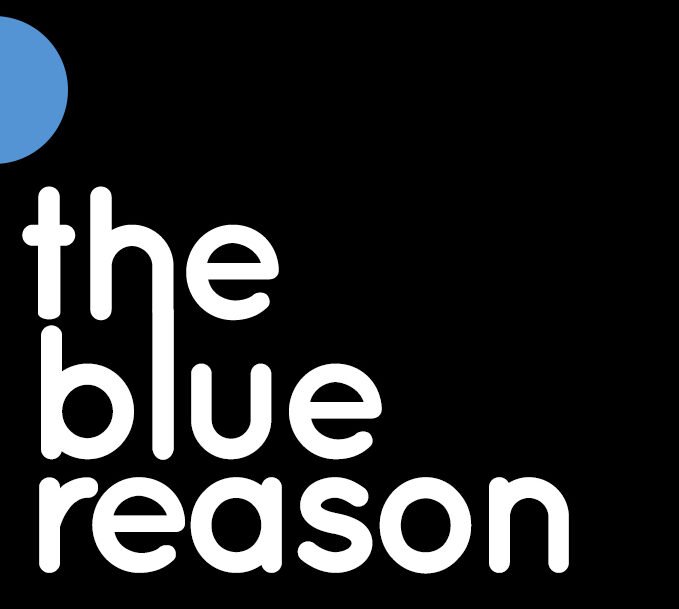
This page contains affiliate links. If you make a purchase using one of these links, we may earn a small commission at no cost to you. We greatly appreciate your support!
Red 40 is a man made synthetic food dye made from petroleum byproducts. It is found in countless processed foods as a coloring for drinks, ice creams, candies, jelly, icing, cookies, cakes, muffins, gum, drink powder, yogurt, cereal and popsicles to name a few. “Red 40 is by far the most common food dye used in the U.S. Alarmingly, 94% of people over 2 years old in the USA consume Red 40 and over 40% of foods marketed toward children in the USA contain such dyes.” https://www.ncbi.nlm.nih.gov/pmc/articles/PMC10502305/) According to the title of this article, “Red 40, causes DNA damage, causes colonic inflammation, and impacts the microbiome in mice”. Other experts have found that Red 40 could worsen symptoms of: attention deficit hyper activity disorder (ADHD), migraines, asthma, irritability and depression in those who are sensitive to the dye. (https://health.clevelandclinic.org/red-dye-40). Many Red 40 dyes contain benzene, which is known to cause cancer, therefore there are currently studies underway to see if there is a link to Red 40 and cancer.
Red 40 has been banned in Norway, Australia and Japan due to health concerns. It is a restricted product in Europe and products that contain Red 40 must have this warning “may have an adverse effect on activity and attention in children”.
The best way to be sure you are not negatively affected by Red 40 is to AVOID it, but that is VERY difficult to do. You will also find it in ingredient lists under the names: Red 40 Lake, FD&C Red No. 40, Red No. 40 Aluminum Lake, and Allura Red. You may be surprised at the prevalence of the dye in your everyday grocery store purchases. I challenge you to look at the red, pink, purple items in your kitchen pantry and see how they became those colors.
If there is a possibility that this dye is toxic and harmful to us we would be wise to avoid it. But how?
1.Making your own drinks and baked goods is a start. Most commercial food coloring contains Red 40 and lots of other synthetic dyes. There are some on the market that do not contain any synthetic dyes: You might like to try this *365 Brand small box with natural colors https://amzn.to/3Uadj3n.
2. Purchasing products that have natural dyes. The colors may be less brilliant than you are used to, but many stores carry alternatives. Most health food stores as well as Aldi Stores for example strive to offer products with natural/non synthetic dyes. Products that are free of synthetic dyes usually proudly advertise that on the front of their packaging.
Are there natural, safer alternatives to Red 40? Alternative colorants are used by some food producers such as: Beet juice, beet powder, blueberry juice, pomegranate juice, and Beta-carotene to name a few.
Our Top 10 items that offer an alternative to synthetic dyes, namely Red 40:
- Annie’s products: cookies, mac and cheese, crackers, fruit snacks, cereals and cake mixes. *Real Fruit Snacks (22 packs) https://amzn.to/3VQzHA4
- Unreal candies and chocolates. I think you will love this *5 Bag Sampler: https://amzn.to/3PQXnQO
- Mott’s Fruit Snacks * 40 pouch box https://amzn.to/43OKVa4
- Kraft Mac and Cheese (Kraft stopped using Red 40 in 2015 and instead use using paprika, annatto and turmeric)
- Cascadian Farms cereals and bars- Try the *Berry Vanilla Cereal https://amzn.to/49xDTYl
- Black Forest gummies, fruit snacks and fruit strips. Here is the *65 pouch Gummy Bear Pack https://amzn.to/49xDTYl
- Pepperidge Farm Goldfish (all varieties) *30 pack https://amzn.to/445tOBb or *Discount bulk https://amzn.to/4avFnUE
- Stonyfield Organics Yogurts
- “Simply” Cheetos and Doritos Try the *36 Bag Variety Pack https://amzn.to/3vzHeZk
- Smartfood popcorn and Skinny Pop popcorn *Smartfood Variety Pack of 40 Bags https://amzn.to/49qavn6
- Bonus: Red 40-Free Gum try *Pure Gum https://amzn.to/3xpjNSR / *Tree Hugger Bubble Gum https://amzn.to/3J52Pfj * Simply Gum https://amzn.to/445tOBb
